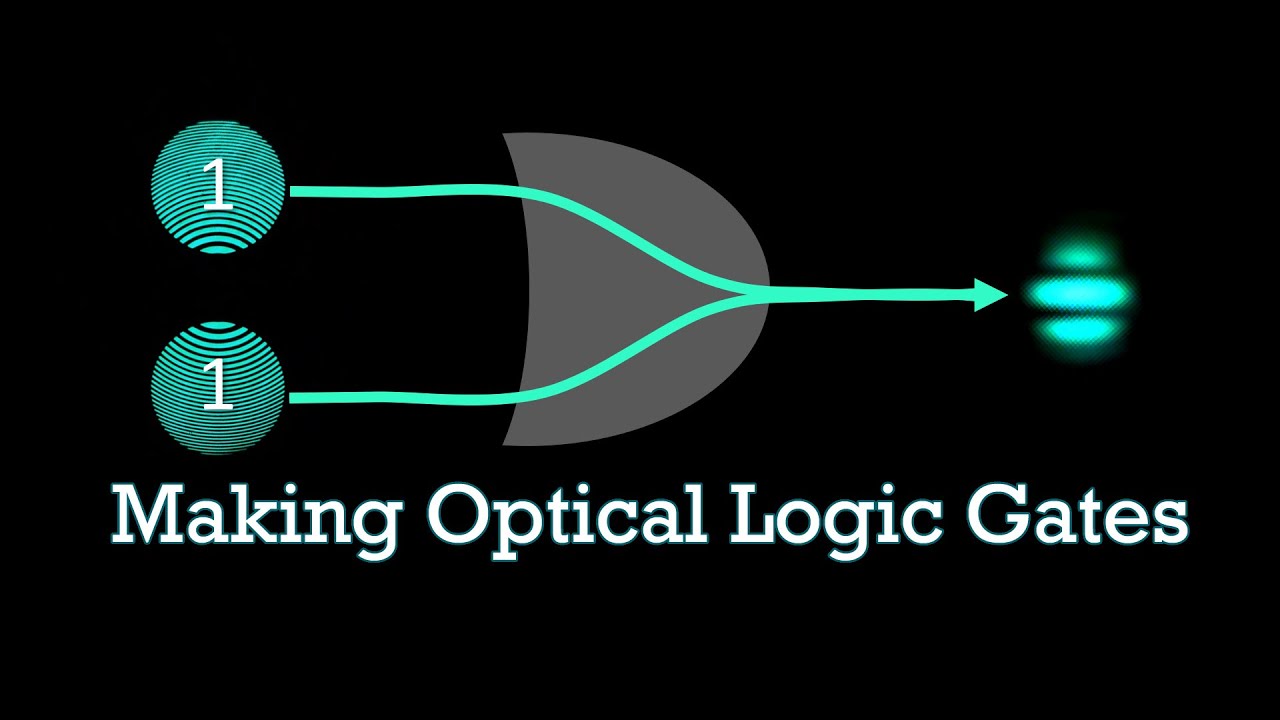Huygens Optics
In this video I look into the idea of using optical interference to construct different kinds of logic gates, both from a conceptual- as well as from the practical perspective.
Contents
0:00 Intro
2:15 Logic gate operation
3:36 Optical logic gates
4:45 Concept of a diffractive logic gate
7:52 Practical aspects (photolithography and etching)
8:46 Wave front observation method
9:20 Results
13:51 Possible applications
Webpage with detailed and complete information on logic gates:
http://www.ee.surrey.ac.uk/Projects/CAL/digital-logic/gatesfunc/index.html
The diffractive patterns were made by using a home-brewed windows Zone plate app and then modifying them further with photoshop. The Zone Plate app can be downloaded from:
http://www.huygensoptics.com/assets/zp_writer.zip
For Windows 10 and for personal use only. Virus scanners and Windows will nag about it being a rare / unknown file and make installation sometimes difficult. Sorry about that. Install this app at your own risk.
An overview article on various known optical logic gates can be found in this paper:
https://www.hindawi.com/journals/aot/2014/275083/
However it does not contain any mention of the configuration described in this video
The video contains references to detail videos on the following subjects:
Photolithography: https://youtu.be/Lf-ev2Fop_k
Chromium photomask etching: https://youtu.be/foMT8gLYxBY
Other diffractive optics (photon sieves): https://youtu.be/TshYfYIxR9E
Microscope viewing method: https://youtu.be/TshYfYIxR9E
